Additional notes (click to expand)
Commemorative
This pretty little plant, with its golden flowers in late winter, is named for the Austrian physician,
Balthasar (or Belsazar) Hacquet (1739/40–1815). He studied medicine in Vienna and was a surgeon in the brutal Seven Years War (1756–63) – a world-wide war in which up to 1,400,000 people died. Later he was professor at the University of Lemberg (1788–1810). He wrote widely on many scientific disciplines including geology. His botanical work on the alpine flora of Carniola (now part of Slovenia) was the slim 16-page Plantae alpinae Carniolicae (1782) with beautiful engravings, now exceedingly rare.
Oakeley, Dr. Henry. (2012). Doctors in the Medicinal Garden. Plants named after physicians. Royal College of Physicians.
link
Horticulture
It is a member of the Apiaceae family, along with Cow Parsley, Anthriscus sylvestris, but easily distinguished by its tiny size with umbels of golden flowers a mere half centimetre across, nesting on a rosette of leaves. It has no medicinal or herbal usage, but is a pleasant addition to a rockery, flowering in January. Genetic studies show it is in a clade with (ie closely related to) Eryngium planum, Sanicula canadensis, and Astrantia major (Downie et al, 1998).
Oakeley, Dr. Henry. (2012). Doctors in the Medicinal Garden. Plants named after physicians. Royal College of Physicians.
link
Hacquetia epipactis is a slow-growing, hardy perennial ranging from mid to south-east Europe in woodlands, bearing diminutive, yellow flowers in early spring. In the Medicinal Garden it survives
in raised beds of fertile, moist soil in partial shade with a mulch of leaf mould. Protection from
slugs and snails is sometimes required. It can be propagated by division in spring.(Clare Beacham)
Oakeley, Dr. Henry. (2012). Doctors in the Medicinal Garden. Plants named after physicians. Royal College of Physicians.
link
Nomenclature
A synonym of Sanicula epipactis.
http://www.plantsoftheworldonline.org/
Other use
Hacquetia epipactis DC Apiaceae. Small herbaceous perennial. No common name except Hacquetia Distribution: Europe. Named for the Austrian physician, Balthasar (or Belsazar) Hacquet (1739/40-1815). He studied medicine in Vienna, was a surgeon in the brutal Seven Years War (1756-1763) – a world-wide war in which up to 1,400,000 people died. Later he was professor at the University of Lemberg (1788-1810). He wrote widely on many scientific disciplines including geology. Parkinson (1640) grouped it with Helleborus and Veratrum, calling it 'Epipactis Matthioli, Matthiolus, his bastard black hellebore' but does not give any uses. It has no medicinal property.
Oakeley, Dr. Henry F. (2013). Wellcome Library notes.
link
Geographical distribution
- Europe, Middle Europe, Austria
- Europe, Middle Europe, Poland
- Europe, Middle Europe, Slovakia
- Europe, Southeastern Europe, Czech Republic
- Europe, Southeastern Europe, Italy
Hacquetia epipactis (Scop.) DC.
Family: APIACEAEGenus: Hacquetia
Species: epipactis (Scop.) DC.
Common names: Hacquetia
Distribution summary: Mid to S.E. Europe
Habit: Perennial
Hardiness: H5 - Hardy; cold winter
Habitat: Woodlands
Garden status: Not currently grown
Flowering months: March, April
Reason for growing: Commemorative

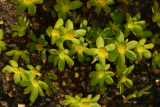
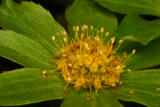
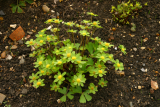
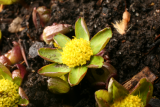
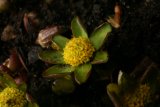
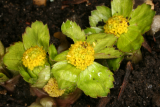
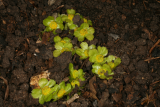
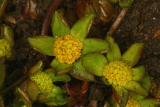


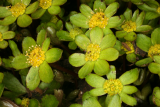

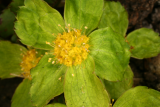
.JPG)
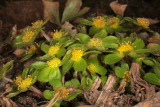

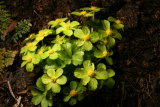
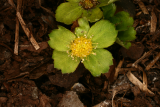

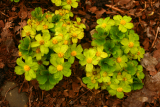
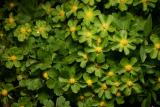

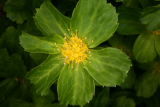


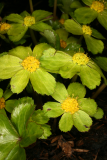
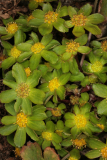
.JPG)